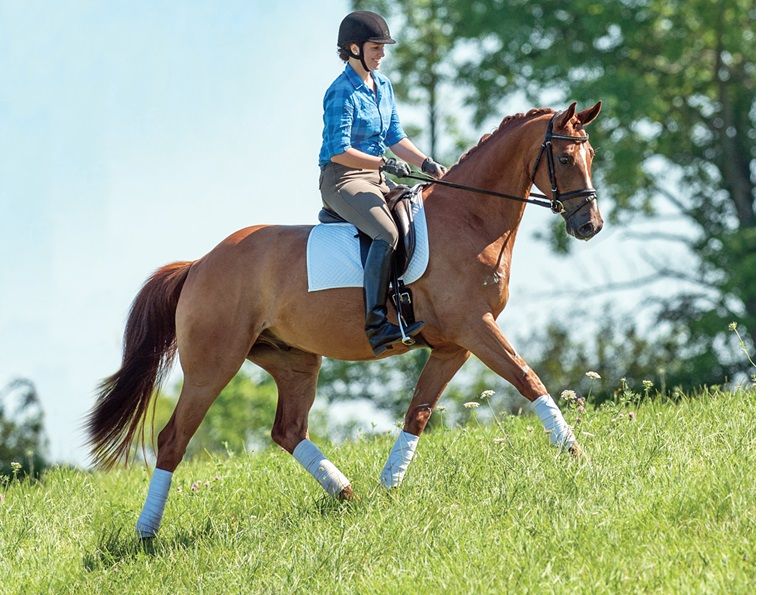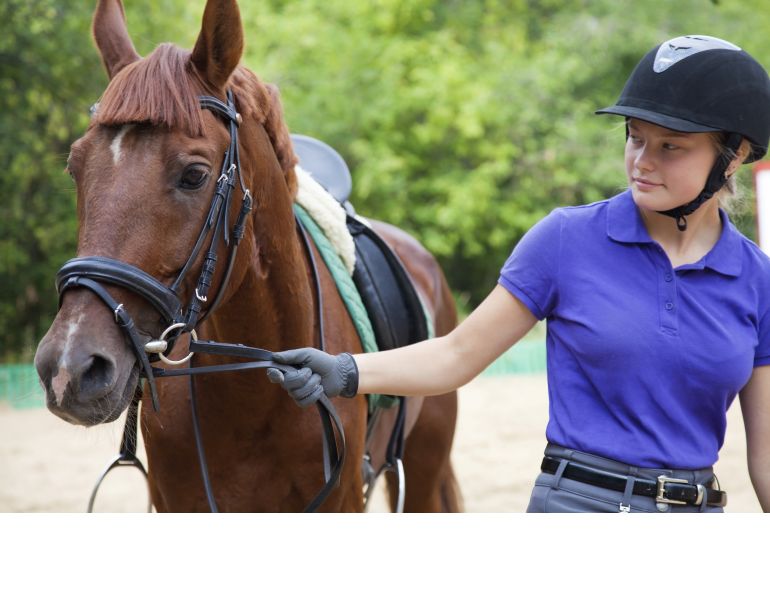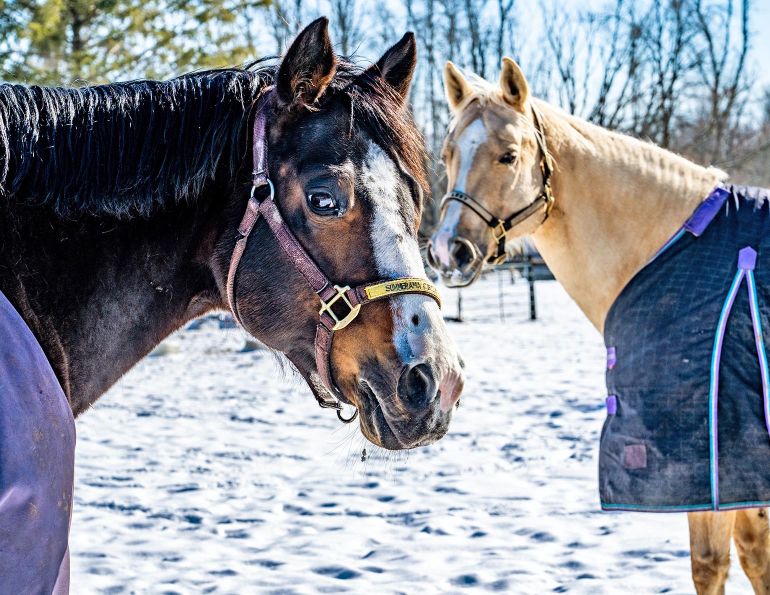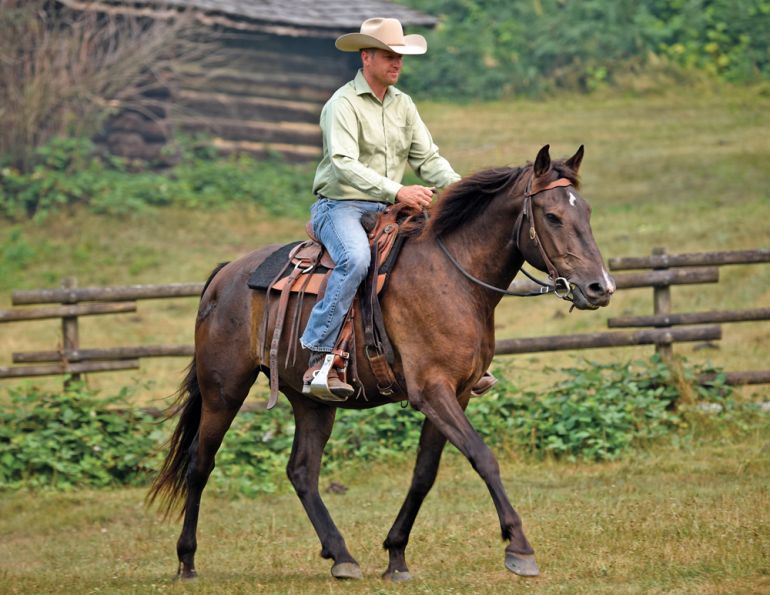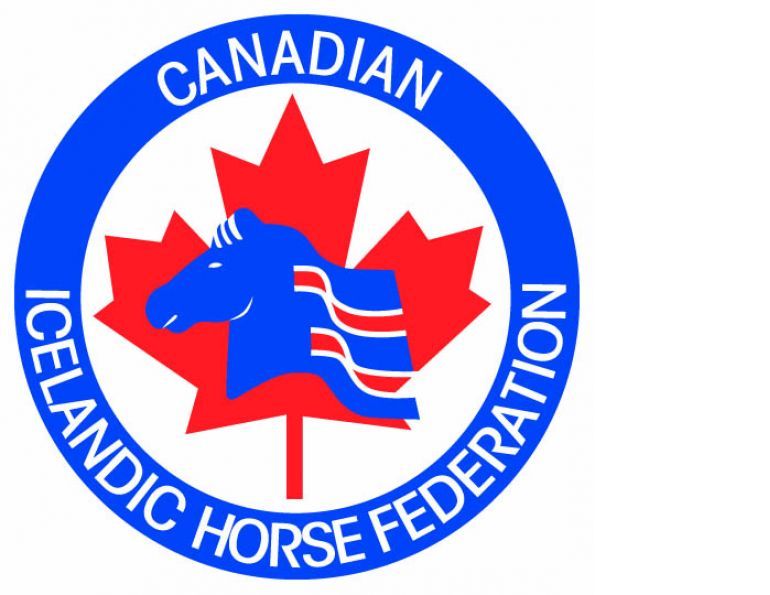By Lindsay Grice
As autumn rolls in, the close of the competition calendar is marked by fairs, year-end awards, and championship shows. It’s a natural time for riders to ask themselves: How did my season really go? For many, the answer falls short of expectations. Horses, weather, and circumstances don’t always line up, leaving riders eager to look ahead. With colder days and long nights approaching, fresh goals can be the push you need to get back into the arena instead of settling into the couch.
Unlike riders in warmer climates who compete all year, most Canadian equestrians experience a seasonal pause once winter sets in. This downtime has its advantages—it creates space to reflect on what worked, what didn’t, and where you want to head next.
Take some time to consider:
- What moments from this year’s rides or shows did I enjoy most?
- What would I prefer to change?
- What ambitions do I have for the next season?
- How do time and money factor into those ambitions?
For some equestrians, setting new objectives may involve beginning with a different horse, while for others the autumn season is best spent revising and refining the training program of the horse they already ride. In either case, the cooler months provide an ideal opportunity to review progress and prepare the foundation for a more successful year ahead.
#1 – Let’s get physical
Sometimes a horse has just been “not right” over the season. A thorough veterinary diagnostic work up, dietary supplements, dental work, alternative therapies, or even surgery may be beneficial at this time. Some conditions, once treatment begins, get worse before they get better. Experimenting with shoeing or other medical procedures may not be practical or affordable while competing because they might involve a lay-off. Now is the time to address any on-again off-again soundness issues once and for all.
Related: Muddy Horse Paddock Footing Fixes
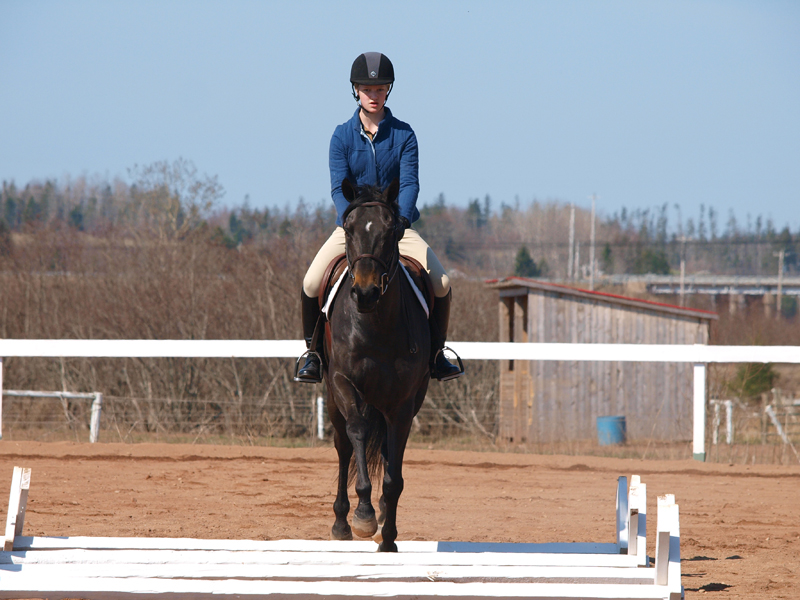
Incorporating new exercises or disciplines – such as cavalletti, trail obstacles, or cattle events – into your training program can benefit you and your horse immensely, and will help keep both of you mentally fresh. Photo: Pam MacKenzie Photography
#2 – Explore alternate activities
Keeping in mind that “A change is as good as a rest,” consider that by developing non-equestrian skills and interests, you might actually become a better rider. Studying sport psychology as part of achieving coaching certification, I’ve learned that athletes stay in the game longer when they supplement their training with other activities in the off season. Develop your stamina with aerobic activity. Improve your coordination with dancing. Could yoga give you better balance? Might guitar lessons help with your rhythm? Would “gaming” with your teen benefit your decision making abilities? Over the years I’ve found that, by still keeping fit with other activities while riding and teaching less during the colder months, I approach the next riding season with greater creativity and enthusiasm.
#3 – Consider a total vacation
Giving your horse a complete rest, with turnout only, can be mentally beneficial for some horses, especially for those seasoned horses who know their job. You can supplement with some light lunging and ponying in order to maintain fitness, and I think this is a better alternative to sporadic schooling sessions. I find that a horse ridden only once or twice a week in the cold weather takes too much lunging before he is settled enough to learn anything and this is probably physically harder on him than regular work. Some horses take too long to bring back to fitness and sanity after a lengthy time off; continuing to train these horses throughout the winter is a good choice.
Related: NSC and ACTH - Double Trouble for Horses in the Fall
#4 – Get to the root of an issue
The off season is a good time to address a training issue that has been put on the back burner. Is there a show ring habit that started to form over the summer, or a specific skill that began to lose precision? Are you facing issues on the ground with clipping, tying up, trailer loading, or standing at the mounting block, or problems such as tension or aggression when riding in a crowded environment? Are there any issues which, if addressed, would make the next season more enjoyable for both you and your horse?
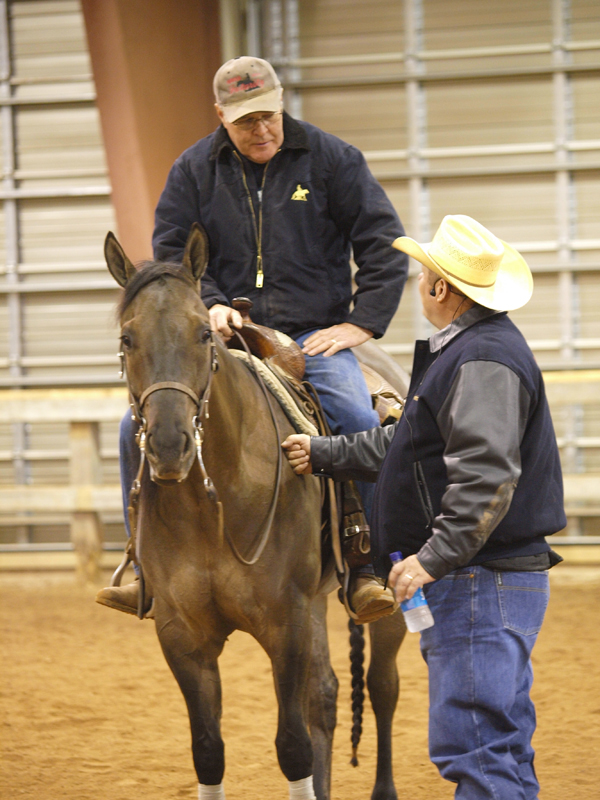
Use this time to learn new skills in the saddle by attending a winter clinic or taking a few lessons with a trainer you really admire. The off season may also be the perfect time to send your horse for professional training. A reputable trainer can find and improve any weak spots in your horse’s training, and can introduce new skills and maneuvers. Photo: Pam MacKenzie Photograph
The first step is to get to the root of the behaviour. My job description involves being a horse detective – looking for clues as to why a horse is resisting, showing tension, or lacking the sparkle he once had. An honest assessment may reveal that trying to find a new solution while using the same schooling methods produces the same undesirable result. Another training aid from the tack store may not solve the problem either. Rarely is a new bit the magic bullet we hope for.
It’s time to address these training problems from a new angle, experiment with different techniques, or rebuild the foundation altogether. Things often get worse before they get better, so while it may not be practical to “open up a can of worms” in the middle of show season, autumn is the perfect time to explore potential solutions.
Related: How to Blanket Based on Need
#5 – Boarding school has its benefits
Riders not wanting to part with their horses during the summer months might look at the off season as an opportunity to send them for professional training. A reputable trainer can find any weak spots and then systematically re-school the horse to eliminate areas of confusion.
Maybe your horse needs a new job or challenge. Many professionals spend the winter months introducing new skills such as flying changes, work over fences, or sliding stops, depending on your discipline.
#6 – Try an equitation tune-up
Riders develop habits, which need to be addressed as well. Was your trainer constantly reminding you about your hand position, or that you were leaning to the left? Is it time that you learned to pick up that diagonal by feel once and for all?
Have someone videotape you or lunge you on your horse with the goal of focusing on your position. Spend some time in the saddle without stirrups or look for opportunities to try riding horses more or less finished than your own. For a fresh perspective, attend a clinic or take a few lessons with a trainer you’ve always admired.
#7 – Take time to bond
If you spent the season boarding at a professional training barn, one-on-one time with your horse may have been limited to supervised lessons and schooling at shows, with the trainer doing most of the mid-week riding. It may be a good time to move your horse closer to home. Ask yourself what you enjoy most about your hobby – is it show ring success or the actual time spent with your horse? If you dream of daily grooming, barn chores, and trail riding with friends, now is the time.
Related: Off Duty: How to Let Your Horse Down in the Off-Season
#8 – Experiment with a new direction
Equestrian athletes can always learn something from another discipline. During the off-season, I may have students start jumping or cantering poles. This develops a rider’s timing, and strength by perfecting their two-point position. Some start on trail obstacles or switch from English to Western, or vice versa. Dressage patterns challenge accuracy. Introduce your horse to cattle events at winter team penning. You may discover that your horse has an unknown talent!
#9 – Study up
Catch up on some reading about new techniques, visit equine trade shows, or attend a seminar. I read a lot and make it my aim to be a lifelong learner. Winter clinics, online courses, magazine articles, and published research are some ideas to get you going.
#10 – Get specific
Before winter turns into spring and schooling sessions focus more on summer goals, aim to have a lesson plan before each ride. A rider should be able to articulate what skills she will be working on before she climbs aboard.
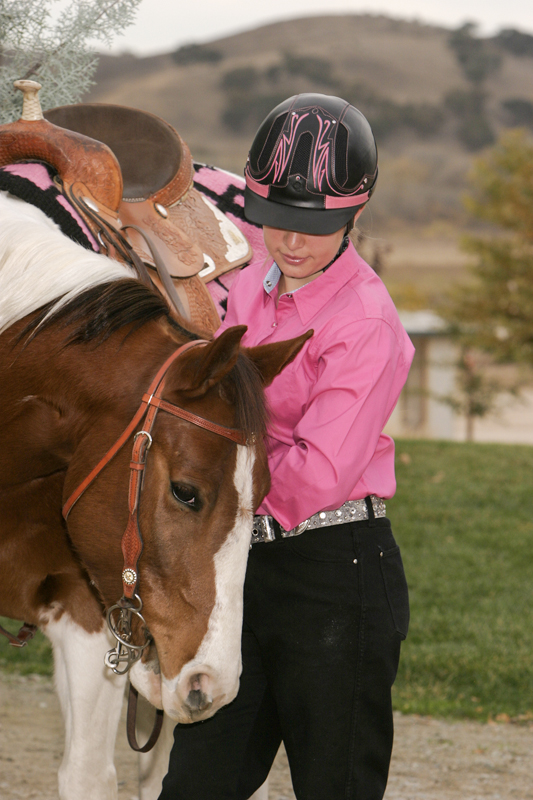
The hustle and bustle of the show season can cut back on the amount of quality time you get to spend with your horse. Use the fall and winter to reconnect and bond with your horse. Photo courtesy of Troxel
Think about your plan as you drive to the barn. Every skill can be broken down into a foundation of simpler tasks. For instance, building blocks for flying change work would be hip control, leg yielding, and counter canter. But be flexible. When a training session hits a snag I will backtrack and break down the skill into simpler parts. I may never complete the lesson plan for that day because I had to go back and “plug the holes.” I see the lesson plan as a guideline only and not etched in stone - I’m ready to adjust it if needed.
So, unless you’re studying a horse magazine or watching a training DVD, get off the couch and enjoy the fall and winter with your horse!
Related: Caring for Tack and Riding Equipment
Related: How to Make Your Horse Training Time Count
Main photo: Courtesy of Troxel








